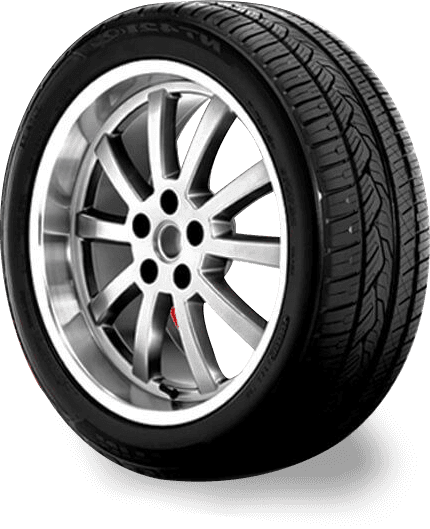
Sep . 03, 2024 05:11
Back to list
Efficient Cyclone Separator Solutions for Dust and Particle Control
The Science and Functionality of Cyclone Separators
Cyclone separators are a vital technology used in various industries for the effective separation of particles from gas or liquid streams. They operate on a simple yet efficient principle, utilizing centrifugal force to remove impurities from the flowing medium. Understanding how these devices work can help appreciate their role in environmental control, manufacturing, and processing industries.
The design of a cyclone separator is typically conical, tapering downwards, which allows gas or liquid to enter tangentially at high speed. As the fluid spirals downwards, a centrifugal force is generated that propels heavier particles outward against the inner wall of the cyclone. This action causes larger particles to settle into a collection chamber at the bottom of the separator while the cleaner, lighter fluid moves upward through the central vortex and exits through an outlet at the top.
One of the key advantages of cyclone separators is their ability to operate without moving parts, resulting in minimal maintenance requirements. They can handle large volumes of material and are effective for a wide range of particle sizes, making them suitable for various applications. In industries such as woodworking, mining, and chemical production, cyclone separators are crucial for maintaining product quality and ensuring compliance with environmental regulations by removing hazardous dust and particulate matter from emissions.
cyclone separator

Cyclone separators are not only efficient but also versatile. They can be configured in multiple stages for enhanced separation efficiency or used in conjunction with other filtration methods, such as bag filters or scrubbers, to capture a more comprehensive range of contaminants. The design can also be tailored to accommodate specific process requirements, such as varying flow rates and chemical properties.
However, while cyclone separators are effective, they do have limitations. Their efficiency tends to decrease for very fine particles, which may require additional treatment methods for complete removal. Additionally, the separation efficiency can be influenced by factors such as the inlet velocity, particle size distribution, and the density of the particles being separated.
In conclusion, cyclone separators serve as an essential tool across numerous industries, providing a reliable solution for particle separation from gas and liquid streams. Their operation based on centrifugal force, combined with a simple design, makes them an attractive option for those seeking to improve operational efficiency while maintaining environmental standards. As technology advances, further innovations in cyclone separator design and application are likely to enhance their capability and efficiency even further.
Next:
Latest news
-
Safety Valve Spring-Loaded Design Overpressure ProtectionNewsJul.25,2025
-
Precision Voltage Regulator AC5 Accuracy Grade PerformanceNewsJul.25,2025
-
Natural Gas Pressure Regulating Skid Industrial Pipeline ApplicationsNewsJul.25,2025
-
Natural Gas Filter Stainless Steel Mesh Element DesignNewsJul.25,2025
-
Gas Pressure Regulator Valve Direct-Acting Spring-Loaded DesignNewsJul.25,2025
-
Decompression Equipment Multi-Stage Heat Exchange System DesignNewsJul.25,2025

